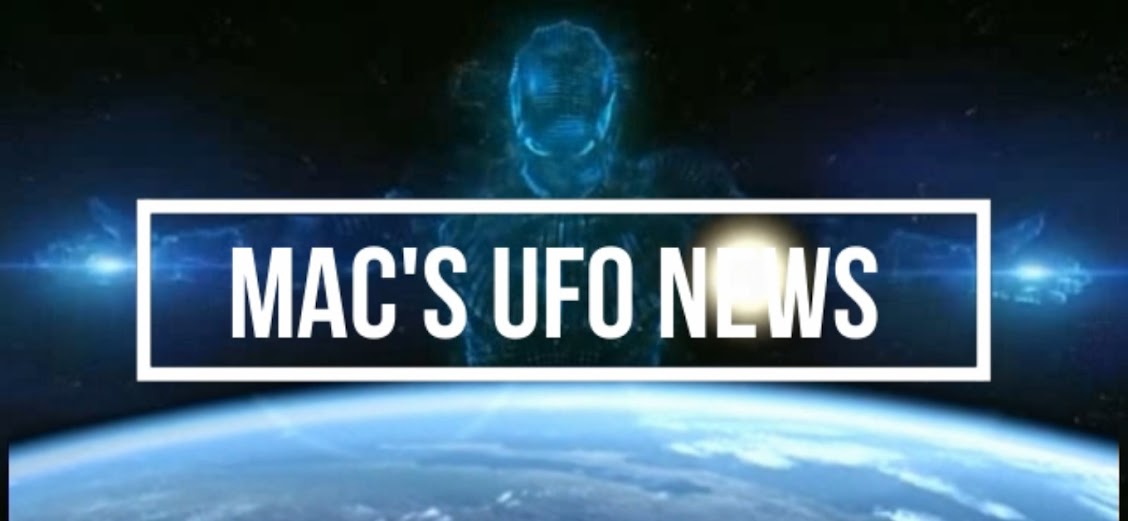Elements 113, 115, 117 and 118 were added at the very end of 2015, marking the first time new atoms have been added to the table since 2011.
The International Union of Pure and Applied Chemistry (IUPAC) deemed that there was sufficient evidence provided by the researchers to claim the discovery of the four new elements. It approved the new elements on December 30.
Element 113, which has a temporary working name of ununtrium and a symbol Uut, was discovered by a Japanese team at the Riken Institute.
Elements 115, 117, and 118, which have the temporary working names of ununpentium, ununseptium and ununoctium respectively, were discovered by Russian and American researchers.
Kosuke Morita, the leader of the Riken team, smiles as he points to a board displaying the new atomic element 113 during a press conference in Wako, Saitama prefecture on December 31, 2015.
Kazuhiro Nogi | AFP | Getty Images
Kosuke Morita, the leader of the Riken team, smiles as he points to a board displaying the new atomic element 113 during a press conference in Wako, Saitama prefecture on December 31, 2015.
The new elements, which are all man-made, fill out the seventh row of the periodic table, where elements are ranked according to their atomic number - the number of protons in their nucleus.
"The chemistry community is eager to see its most cherished table finally being completed down to the seventh row," Professor Jan Reedijk, president of the Inorganic Chemistry Division of IUPAC, said in a press release.
"IUPAC has now initiated the process of formalizing names and symbols for these elements temporarily named as ununtrium, (Uut or element 113), ununpentium (Uup, element 115), ununseptium (Uus, element 117), and ununoctium (Uuo, element 118)" said Professor Jan Reedijk, President of the Inorganic Chemistry Division of IUPAC.
New elements can be named after a mythological concept, a mineral, a place or country, a property or a scientist.
The proposed names and two-letter symbols will be presented for public review for five months after which the IUPAC will make a final decision.
Education giant Pearson said that it would make any changes to its textbooks.
"We regularly review our course materials and textbooks to ensure they are up to date, and any changes that need to be made will be done at the appropriate moment to ensure the best learning outcomes for schools and students," a spokesperson for the company told CNBC.
